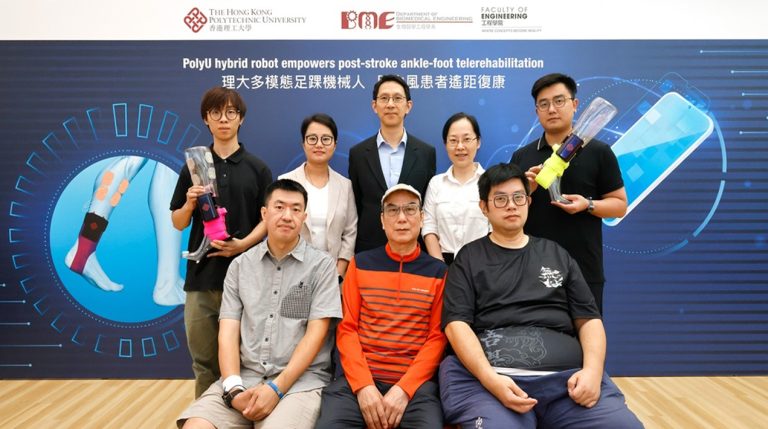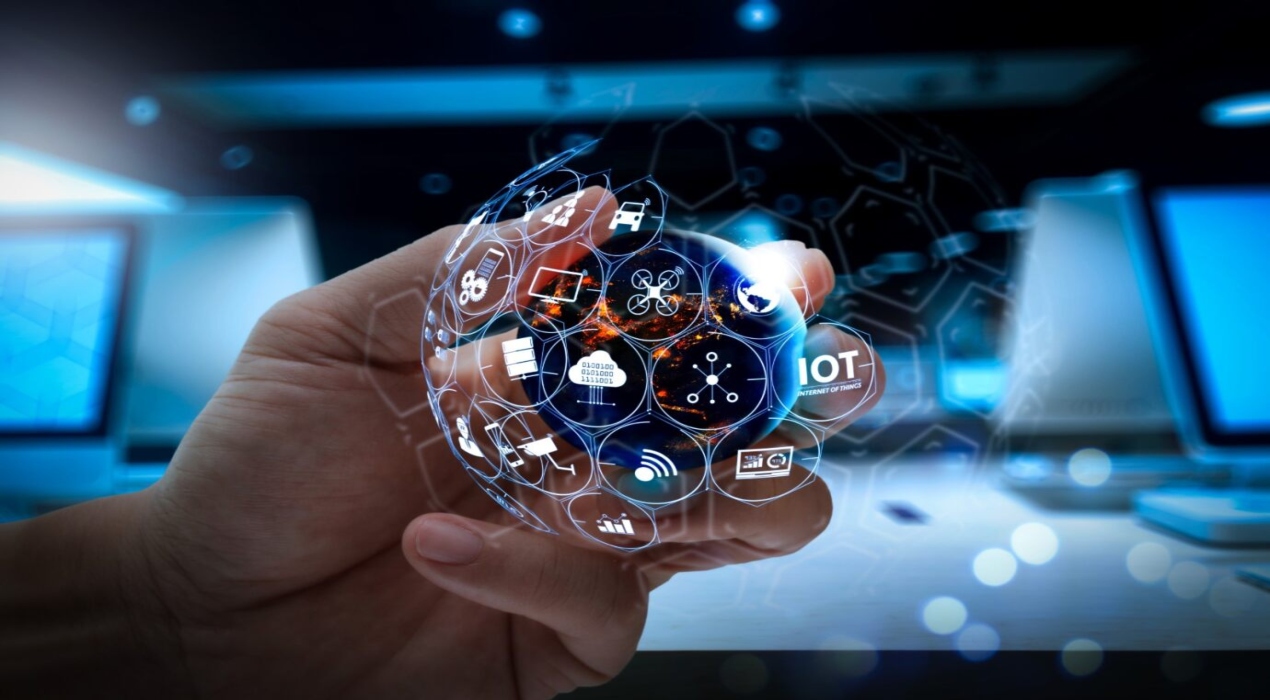iot

Powered by :

IIT-Madras Reinventing Intra-City Logistics
Samaya Dharmaraj
November 15, 2023

Hong Kong: IoT-Powered Robotic Device for Stroke Rehabilitation
Alita Sharon
November 2, 2023

GLF Forum 2018
OpenGov Government Leadership Forum – Empowering the Digital Business.









